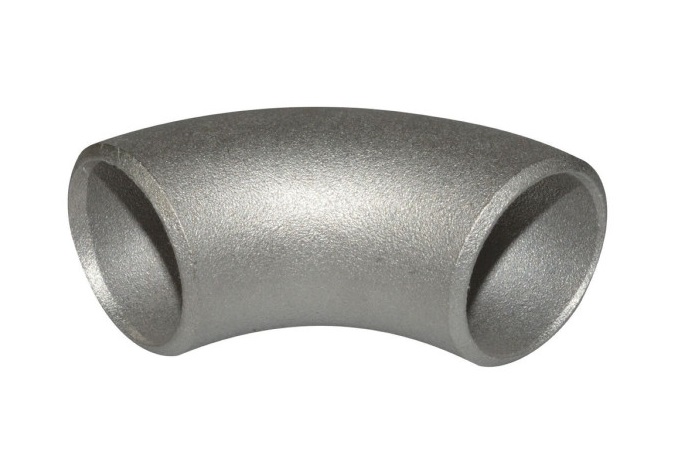
Image Source: Google
Stainless steel welding elbows are essential components in various industries such as construction, manufacturing, and oil and gas. Mastering the art of precision welding these elbows requires skill, expertise, and the right techniques.
In this article, we will explore the key aspects of welding stainless steel elbows and provide tips on how to achieve high-quality results.
Understanding Stainless Steel Welding Elbows
Stainless steel welding elbows are used to change the direction of piping systems, allowing for efficient flow and distribution of liquids, gases, and other substances. These elbows are commonly made from high-quality stainless steel to ensure durability, corrosion resistance, and longevity. Welding stainless steel elbows requires precision and attention to detail to create strong and seamless joints.
Types of Stainless Steel Welding Elbows
- 90-degree elbows: Used to change the direction by 90 degrees.
- 45-degree elbows: Used to change the direction by 45 degrees.
- Long radius elbows: Have a longer radius for smoother flow.
- Short radius elbows: Have a shorter radius for tighter spaces.
Common Welding Techniques for Stainless Steel Elbows
- Tungsten Inert Gas (TIG) welding: Provides precise control and high-quality welds.
- Shielded Metal Arc Welding (SMAW): Suitable for thicker stainless steel elbows.
- Gas Metal Arc Welding (GMAW): Offers fast welding speeds for efficiency.
- Flux-Cored Arc Welding (FCAW): Ideal for outdoor or windy conditions.
Tips for Mastering Stainless Steel Welding Elbows
Preparation is Key
- Clean the surfaces: Ensure the stainless steel elbows are free from contaminants such as oil, grease, and dirt.
- Bevel the edges: Create a smooth bevel on the welding joint for better penetration and fusion.
- Use the right filler material: Select the appropriate filler material that matches the grade of stainless steel.
Optimize Welding Parameters
- Adjust the heat input: Control the heat input to prevent overheating or underheating the stainless steel.
- Choose the correct welding technique: Select the welding technique that suits the thickness and type of stainless steel elbows.
- Maintain the shielding gas flow: Ensure proper shielding gas flow to protect the weld pool from contamination.
Focus on Welding Position and Technique
- Position the elbows correctly: Weld in a comfortable position to maintain control and precision during welding.
- Control the travel speed: Maintain a consistent travel speed to create uniform and strong welds.
- Use back purging for critical applications: Employ back purging to prevent oxidation on the inner surface of the stainless steel elbows.
Ensuring Quality and Consistency
Mastering the art of precision welding stainless steel elbows requires practice, patience, and continuous improvement. By following the right techniques, optimizing welding parameters, and focusing on welding position and technique, you can achieve high-quality results that meet industry standards. Remember to prioritize safety, wear appropriate protective gear, and adhere to welding best practices to ensure the durability and integrity of the welded stainless steel elbows.